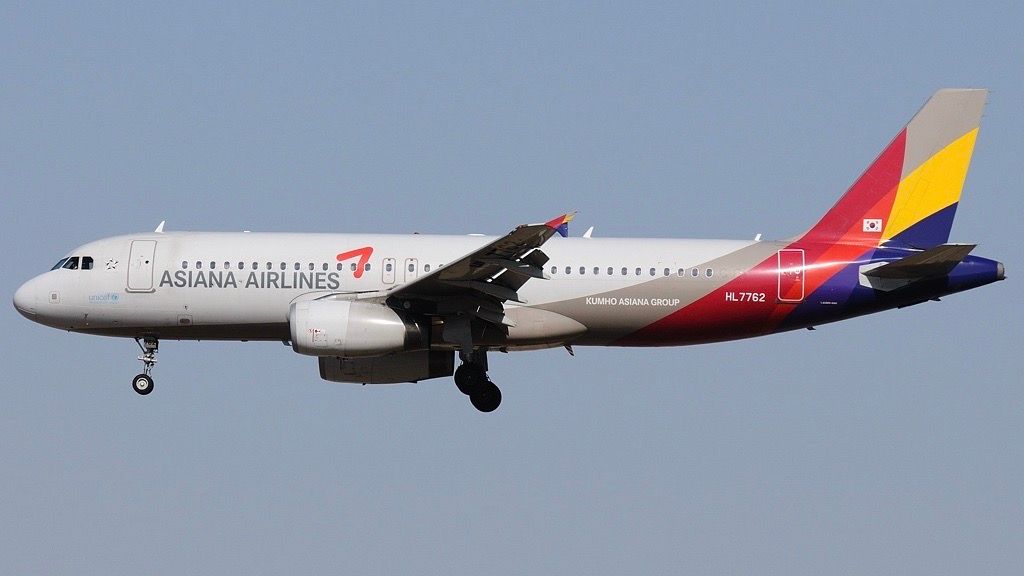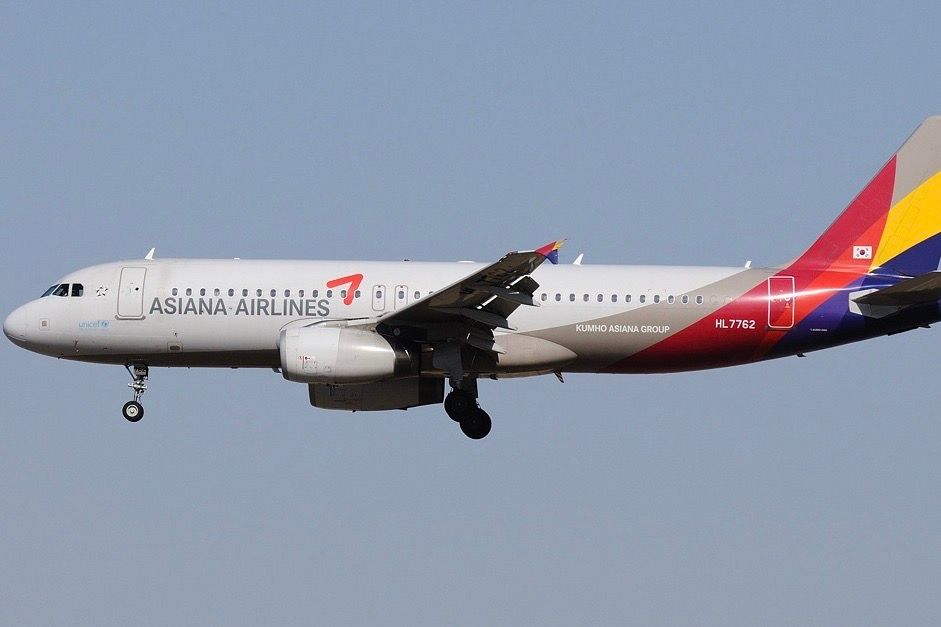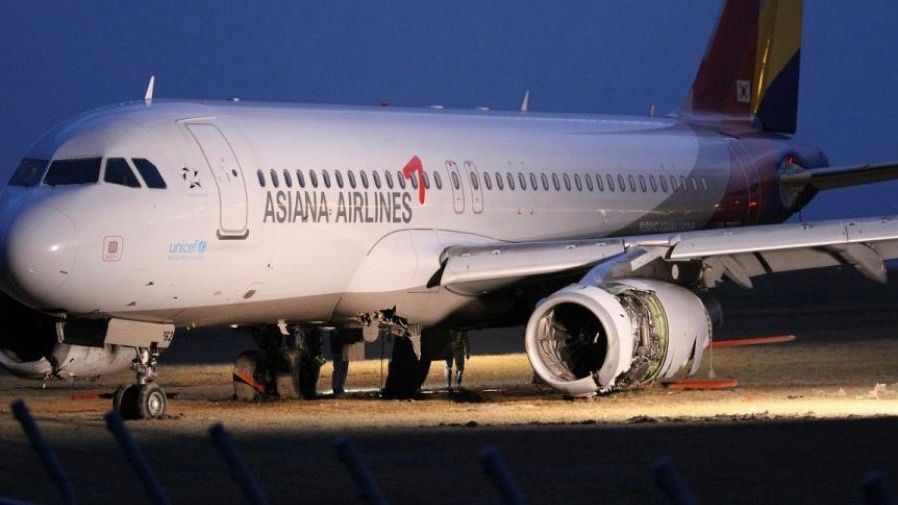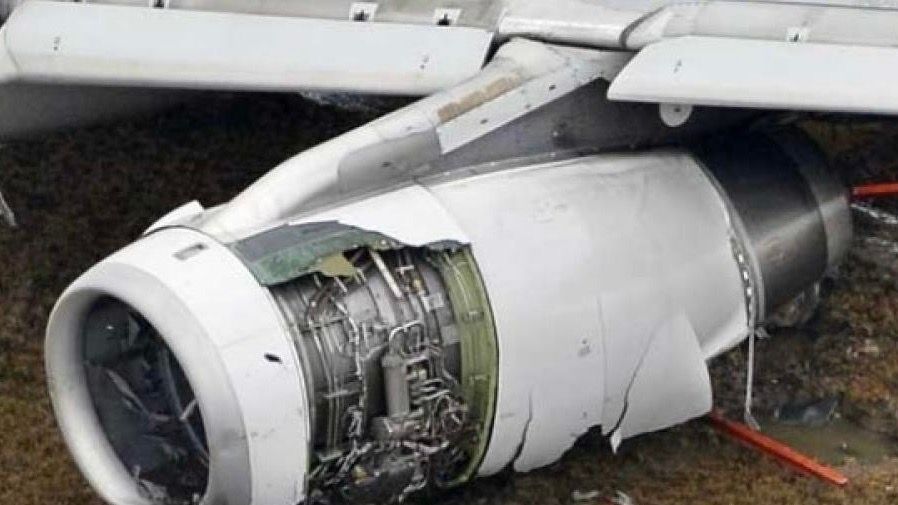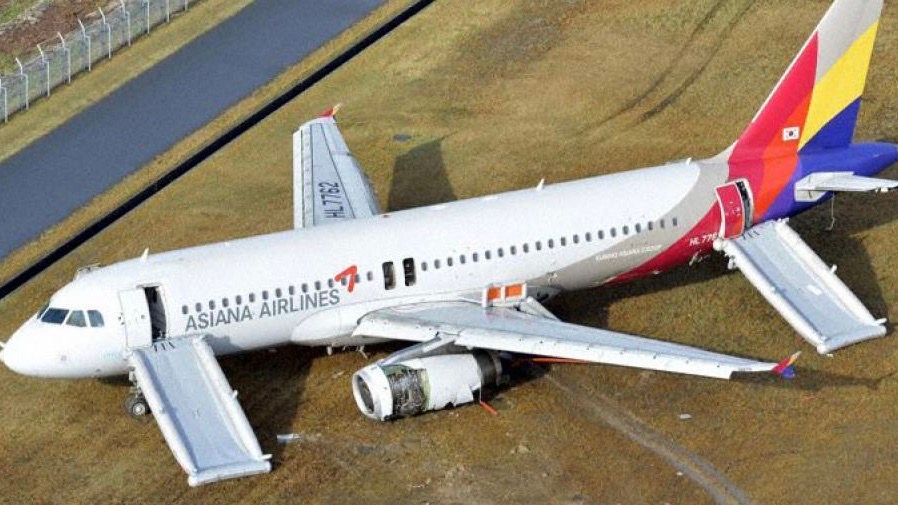Summary
- The flight crew failed to initiate a go-around when visual cues were lost.
- Lack of crew resource management & insufficient training impacted safety.
- Successful emergency evacuation despite 25 injured passengers.
It was April 14, 2015. Asiana Airlines flight 162 set off from Incheon International Airport in South Korea bound for Hiroshima Airport in Japan. The Airbus 320-200 had 73 passengers on board, two flight crew, a boarding mechanic and 6 cabin crew.
It was a normal day and the flight was the same as any other day. The cabin crew had followed all their duties to the tee, both with the safety tasks and completing the service.
Preparing for landing
At 18:58 local time, the aircraft was cruising at 33,000 feet. The first officer had received information on the weather conditions in Hiroshima. The captain who was flying the aircraft gave an approach briefing and said that he intended to land on runway 10 using the radar vectors from air traffic control.
He warned the first officer that the full length of runway 28 was not visible from the threshold and advised him to speak up if he had any concerns.
The first officer received a message from the Automatic Terminal Information System (ATIS). It stated that runway 28 was the active runway and the aircraft was using an RNAV approach. The crew decided to go ahead with the plan and the first officer configured the flight management system (FMS) for approach and started the descent.
In the cabin, the cabin crew were securing the cabin for landing and stowing everything safely and checking that passengers were wearing their seatbelts.
Once secure, they reported to the purser, who reported to the captain that the cabin was secure. The cabin crew would then take their jumpseats and prepare for landing. The flight had been a little turbulent at times but had started to settle down.
Final approach
The captain gave another briefing to the first officer, confirming the new information that they had been given. At 19:57, the controller told the flight to expect radar vectors. Two minutes later, the flight was cleared for approach.
At 20:00, the flight was handed to another controller who cleared the flight to land. The landing gear was lowered, the flaps extended to full and the landing checklist was complete.
The captain gave a go-around briefing; the TOGA thrust would be used and the flaps retracted one position at a time. At 20:03, the first officer expressed concern about the runway appearance and they said it looked ‘strange’ and ‘awkward’ and it might be due to cloud. The captain disengaged the autopilot and continued the descent.
What happened next?
At this point, the cabin crew were seated at their stations and going through their 30-second review. This is a time before take-off and landing where the cabin crew mentally go through their drills in case there is an emergency. Little would they know, in seconds they would need it.
At 20:05, the captain ordered a go-around. Just three seconds later, there was a large bang in the cabin. The boarding mechanic was seated at 27F and saw fire in the left engine and noticed an odd smell.
The aircraft touched down just short of the runway, and the rear fuselage of the tail struck a localizer. Smoke had appeared in the cabin. The cabin crew shouted, “Heads down, hold ankles!” continuously, knowing this was not going to be a normal landing.
The cabin was in darkness, and the emergency lights were on. Some oxygen masks fell down. Some overhead lockers had sprung open, and baggage fell out. The cabin crew shouted commands in English, Korean, and Japanese.
The aftermath
The aircraft skidded on the runway on its tail. The aircraft bounced three times and veered left. It spun around 120 degrees before finally coming to a halt on the grass opposite the terminal building.
The purser got out of her jumpseat and entered the cockpit as the door had come open. The captain told her to stay out and wait for instructions. He was prioritizing the emergency evacuation checklist.
In the cabin, the cabin crew at the rear of the aircraft were trying to contact the purser as there was smoke in the cabin. The interphone system stopped working, so they shouted to her.
The purser decided to evacuate. She opened her L1 door, waited for the slide to inflate and shouted her commands for the passengers to evacuate. As well as their commands, the cabin crew used gestures, their flashlights and a megaphone to direct passengers.
The evacuation
The evacuation alarm didn’t sound, but the cabin crew saw that the purser had opened her door, so they followed her actions. One cabin crew in the center of the cabin instructed a passenger to open the emergency overwing exit on the left side and wait for the slide to deploy.
All exits were used apart from one on the right overwing. Once the passengers were all outside, the cabin crew and mechanic checked inside the cabin to make sure that no one was left behind.
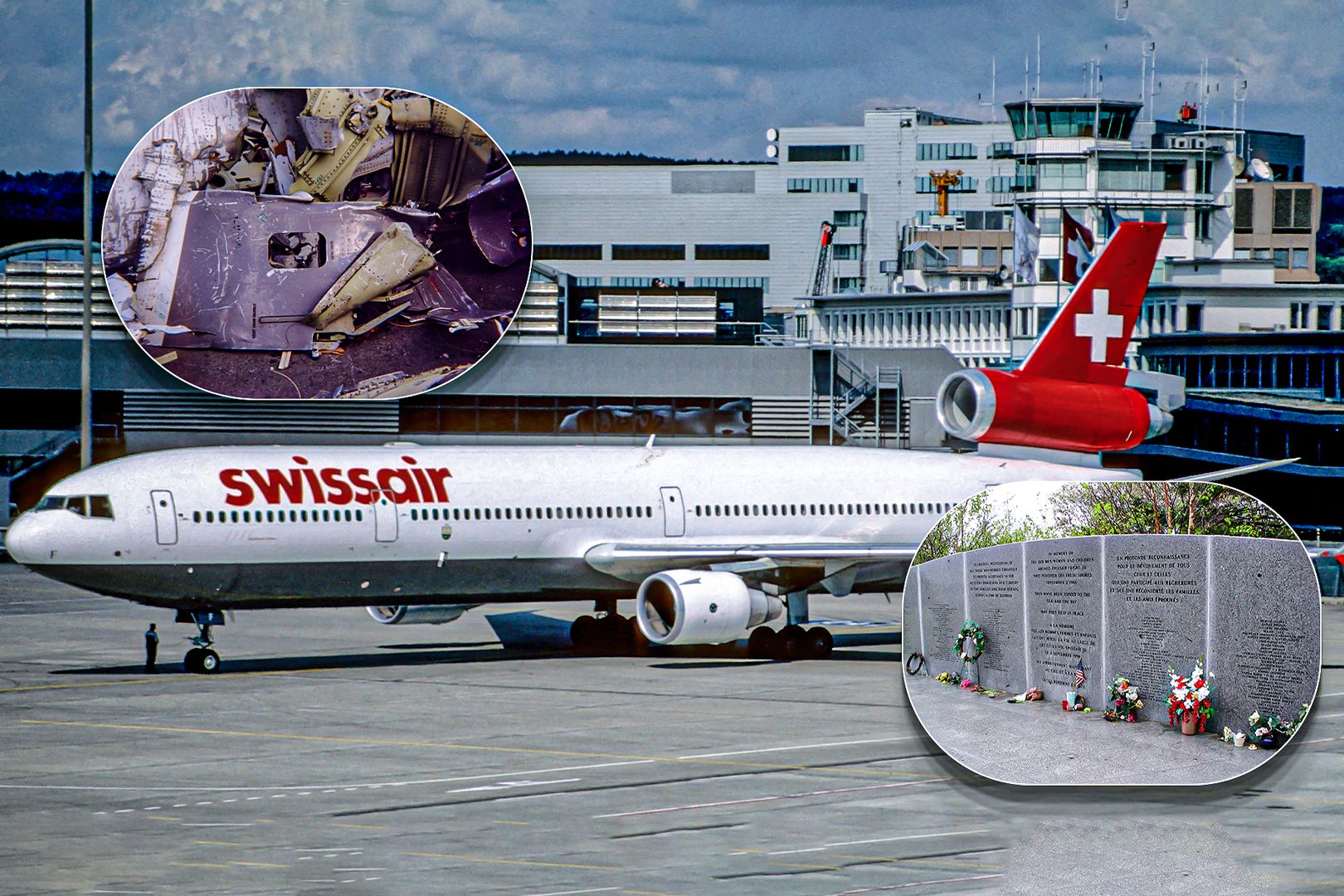
Related
Swissair 111: A Cabin Crew Perspective
A deadly disaster and one of the most expensive investigations in aviation history.
Once evacuated, the cabin crew tried to keep the passengers away from the aircraft and shouted commands through a megaphone. There were three fire engines at the aircraft, but there was no fire. They did not offer evacuation guidance to the passengers and cabin crew, so they walked in groups toward the terminal building.
It was raining and the field was muddy. The flight crew were still in the cockpit and the boarding mechanic had just evacuated.
Once the emergency evacuation checklist was complete and the flight crew was ready to evacuate, they found that everyone had already evacuated and were last to leave the aircraft.
Although it was a successful evacuation, 25 passengers and two cabin crew were injured, one seriously. Most escaped with just cuts and bruises. The aircraft was a complete write-off.
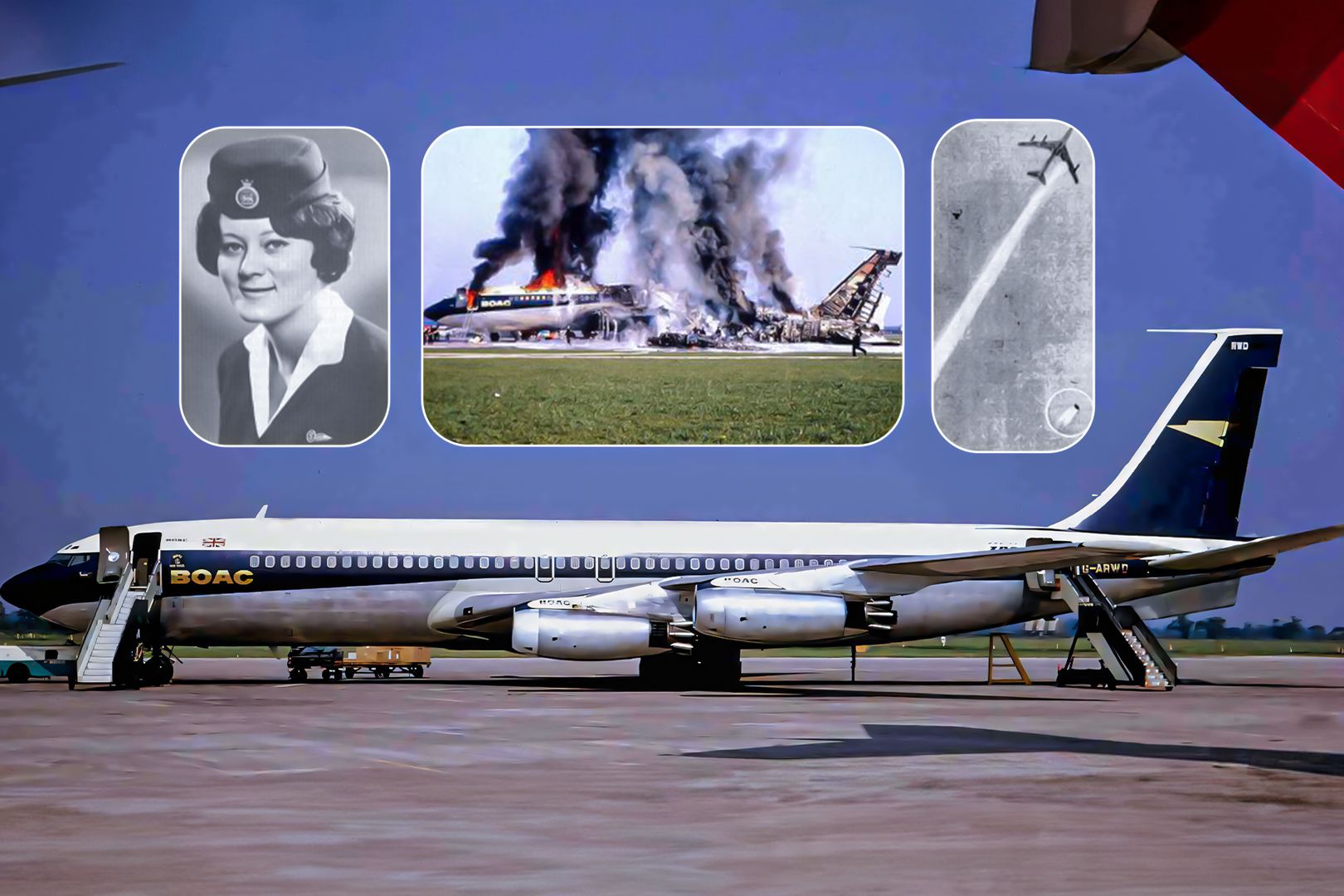
Related
BOAC Flight 712: A Cabin Crew Perspective
A brave crew but a terrible tragedy.
The final cause
The report determined that the probable cause of the accident was the captain’s failure to immediately initiate a go-around when visual cues were lost, the first officer’s failure to challenge the captain’s performance (both of which did not follow to Standard Operating Procedures), lack of crew resource management (CRM) and Asiana Airlines’ insufficient training.

